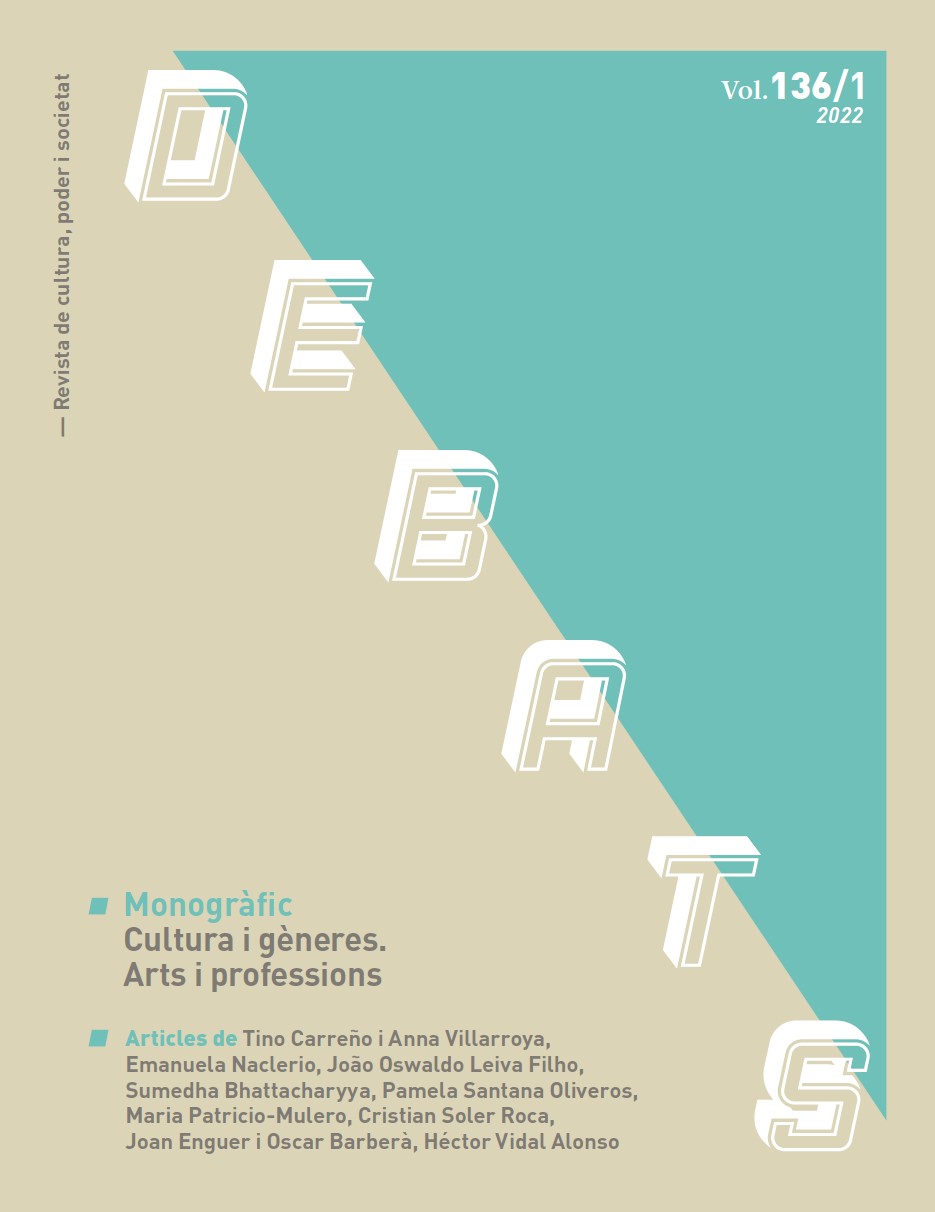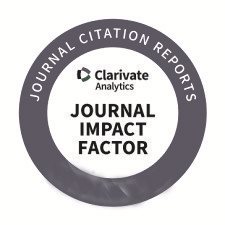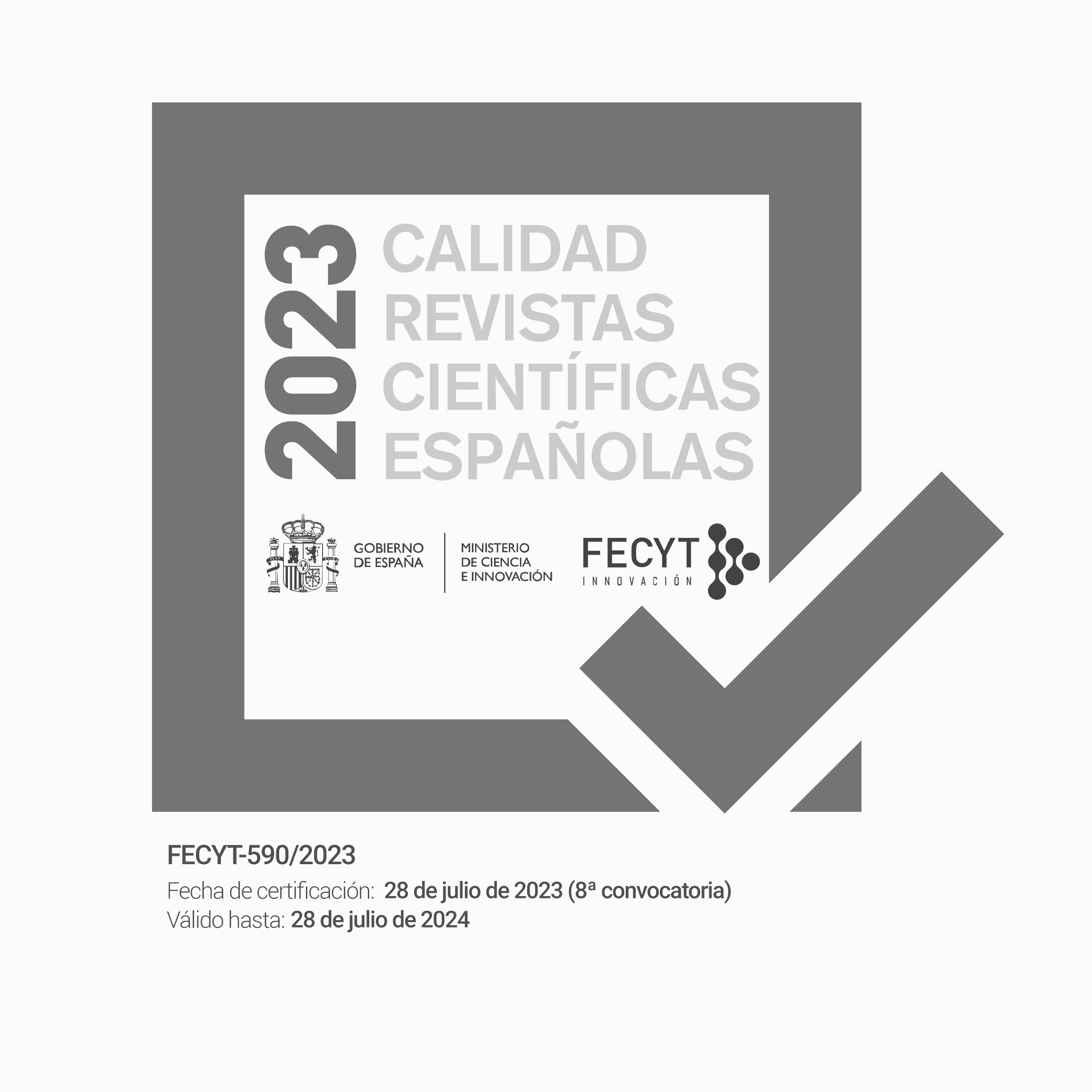The The place ow women in the theatres of São Paulo
DOI:
https://doi.org/10.28939/iam.debats-136-1.3Keywords:
Gender inequality, economy of culture, performing arts, creative workforceAbstract
The aim of this article was to provide quantitative information about the gender gap in theatre production in the city of São Paulo (Brazil), thereby helping to raise awareness of the inequalities faced by women in the field. The text compares the opportunities available to men and women working in seven different theatre-related occupations and is underpinned by a mapping of 1,466 plays performed in the city throughout 2018. The data were collected from three weekly guides published by the local media and two monthly publications: a theatre guide and a magazine from a cultural institution that ran 20 cultural venues in the city. Any gaps were then filled by directly contacting theatre venues and the producers of the plays. There was a significant imbalance towards men in the two most strategic theatre production jobs: men wrote 77% of the plays and directed 78% of them. Thus, male professionals were a huge majority precisely in the functions responsible for building the discourse that reaches audiences. Compared to women, this left them in a much better position to express their values, ideas, and perspectives. This gap was smaller when considering performers, of which 46% were female. Women were also largely absent in technical occupations given that they were a minority among lighting directors and set designers. However, women represented the majority among costume designers. The most unexpected result was the parity among producers, with 52% being women. All the aforementioned gaps increased when the number of performances were considered. On average, women worked less in plays that provided more working time that were therefore, more likely to
have higher salaries. The study also showed that when women were responsible for writing, directing, or producing a play,
the gap was reduced in all the other functions.
Downloads
References
Actis, W. (2016). Situación sociolaboral del colectivo del artistas y bailarines en España. Fundación AISGE. https://www.colectivoioe.org/uploads/-7e34fefa80def311f6be4d767018885d56278068.pdf
Azevedo, A. L. M. dos S. (2020). IBGE - Educa | Jovens. IBGE Educa Jovens. Retrieved May 24, 2021, from https://educa.ibge.gov.br/jovens/conheca-o-brasil/populacao/18320-quantidade-de-homens-e-mulheres.html
Azevedo, A. L. M. dos S. (2018). IBGE - Educa | Jovens. IBGE Educa Jovens. Retrieved May 17, 2021, from https://educa.ibge.gov.br/jovens/materias-especiais/materias-especiais/20453-estatisticas-de-genero-indicadores-sociais-das-mulheres-no-brasil.html
Bourdieu, P. (1979). La distinction: Critique sociale du jugement. Éditions de Minuit.
Cinquante ans de pratiques culturelles en France [CE-2020-2]. (n.d.). Retrieved May 24, 2021, from https://www.culture.gouv.fr/Sites-thematiques/Etudes-et-statistiques/Publications/Collections-de-synthese/Culture-etudes-2007-2021/Cinquante-ans-de-pratiques-culturelles-en-France-CE-2020-2
Colomer, J. (2016). Estudio sobre la situación de las artes escénicas en España. Academia de las Artes Escénicas de España.
Conde, I. (2009). Artists as vulnerable workers [WorkingPaper]. CIES-ISCTE. https://repositorio.iscte-iul.pt/handle/10071/1502
Coulangeon, P., Ravet, H., & Roharik, I. (2005). Gender differentiated effect of time in performing arts professions: Musicians, actors and dancers in contemporary France. Poetics, 33(5), 369–387. https://doi.org/10.1016/j.poetic.2005.09.005
Encuesta de hábitos y prácticas culturales. (n.d.). Retrieved May 24, 2021, from http://www.culturaydeporte.gob.es/servicios-al-ciudadano/estadisticas/cultura/mc/ehc/portada.html
Estatísticas de gênero – Indicadores sociais das mulheres no Brasil (2ª Edição). (2021) Retrieved May 24, 2021, from https://biblioteca.ibge.gov.br/visualizacao/livros/liv101784_informativo.pdf
Fomento ao teatro: 12 anos (1a. edição). (2014). Secretaria Municipal de Cultura.
Indicadores estadísticos culturales vinculados a las artes escénicas y musicales y desgloses por sexo. (2021). Retrieved May 24, 2021, from https://www.culturaydeporte.gob.es/dam/jcr:1feaebe0-1303-4c9f-af12-f71e383cf2c3/datos-estadisticos-artes-escenicas.pdf
JLeiva Cultura & Esporte (2019). A força do teatro na cidade de São Paulo. Retrieved May 24, 2021, from https://www.jleiva.co/pesquisas.
Menger, P.-M. (1999). Artistic Labor Markets and Careers. Annual Review of Sociology, 25, 541–574. JSTOR. http://www.jstor.org/stable/223516
Museus em Números – Instituto Brasileiro de Museus – Ibram. (2013). Retrieved May 24, 2021, from https://www.museus.gov.br/museus-em-numeros-volume-1/
Observatório Brasileiro do Cinema e do Audiovisual | Agência Nacional do Cinema—ANCINE. (n.d.). Retrieved May 24, 2021, from https://oca.ancine.gov.br/
OFF Guia de Teatro. (n.d.). Retrieved May 24, 2021, from http://www.guiaoff.com.br/
Participação Feminina na Produção Audiovisual Brasileira 2018 | Observatório Brasileiro do Cinema e do Audiovisual. (n.d.). Retrieved May 24, 2021, from https://oca.ancine.gov.br/participa%C3%A7%C3%A3o-feminina-na-produ%C3%A7%C3%A3o-audiovisual-brasileira-2018-0
Secretaria Especial da Cultura | Ministério do Turismo (2021). Sistema de Acesso às Leis de Incentivo à Cultura. Retrieved May 24, 2021, from http://sistemas.cultura.gov.br/comparar/salicnet/salicnet.php
Souza e Silva, J. (2018). Diferentes gerações, diferentes práticas culturais. In J, Leiva & R, Meirelles (Eds.). Cultura nas Capitais. Rio de Janeiro, RJ: 17Street.
SP, © Sesc. (n.d.). Sesc SP. Retrieved May 24, 2021, from https://www.sescsp.org.br/online/revistas/tag/5557_EM+CARTAZ
Sphinx Theatre | New Women in Theatre Forum Report. (2020). Retrieved May 24, 2021, from https://sphinxtheatre.co.uk/new-women-in-theatre-forum-report/
Women in theatre: How the “2:1 problem” breaks down | News | theguardian.com. (2012). Retrieved May 24, 2021, from https://www.theguardian.com/news/datablog/2012/dec/10/women-in-theatre-research-full-results
Downloads
Published
How to Cite
Issue
Section
License
Without prejudice to the provisions of article 52 of Spanish Law 22/1987 of November 11 on Intellectual Property, BOE (official state bulletin) of November 17, 1987, and pursuant to said legislation, the author(s) surrender(s) free of charge its rights of edition, publication, distribution and sale of the article, for its publication in Debats. Journal on Culture, Power and Society.
Debats. Journal on Culture, Power and Society is published under the Creative Commons license system in accordance with the «Recognition - Non-Commercial (by-nc) modality: The generation of derivative works is permitted provided that commercial use is not made. Nor can the original work be used for commercial purposes».
Thus, when the author submits his/her contribution, he/she explicitly accepts this assignment of publishing and publishing rights. Authors also authorize Debats. Journal on Culture, Power and Society to include their work in an issue of the journal to be distributed and sold.











